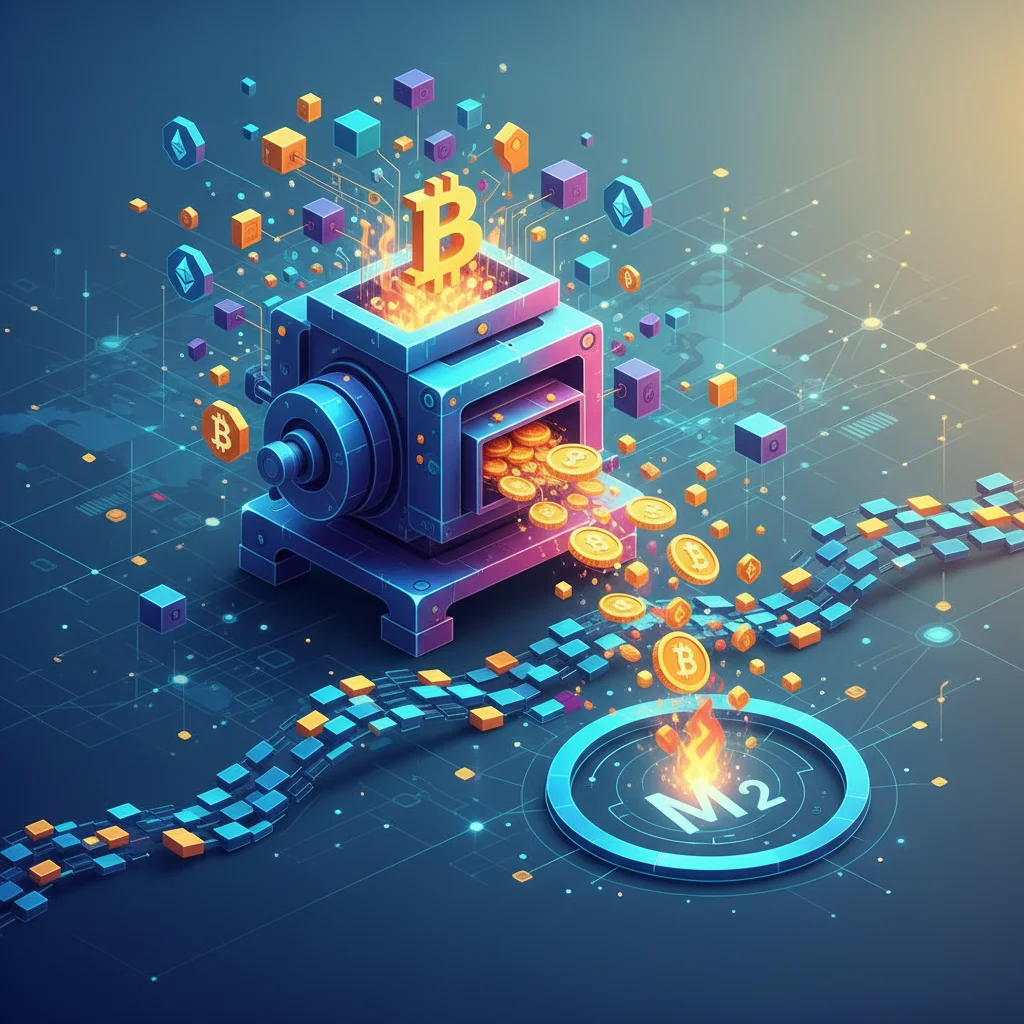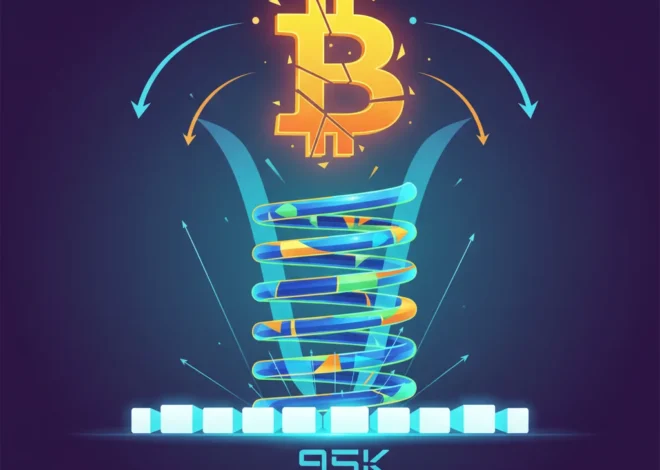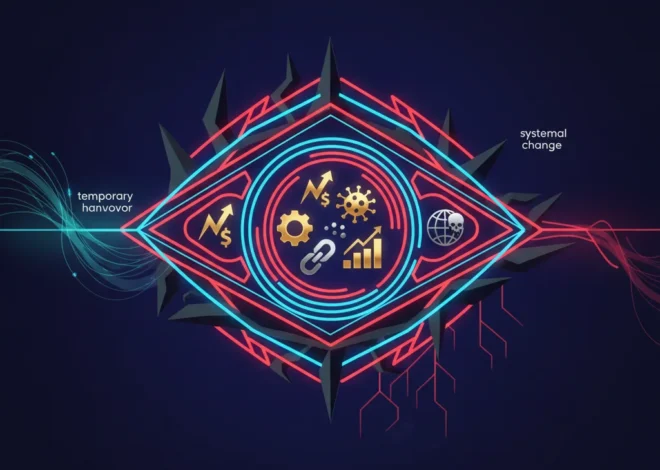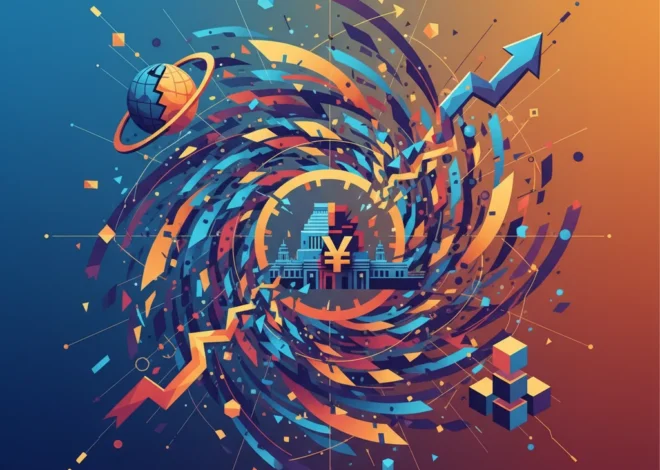
Is Crypto the New Money Printer? A Deep Dive into Blockchain and the Money Supply
The Great Monetary Debate: Does Cryptocurrency Really Expand the Money Supply?
In the whirlwind world of modern finance, few topics spark as much debate as cryptocurrency. We hear narratives of overnight millionaires, disruptive financial technology, and a new digital frontier. But alongside the hype, a persistent question lingers, especially during times of high inflation: Is the proliferation of thousands of cryptocurrencies like Bitcoin and Ethereum secretly “printing” new money and expanding the global money supply?
Many observers, from casual investors to seasoned analysts, worry that the multi-trillion-dollar crypto market is a new, unregulated money printer, creating wealth out of thin air and threatening the stability of the global economy. It’s an understandable concern. However, the reality is far more nuanced and requires a foundational understanding of how money is *actually* created in our modern banking system. The answer, as we’ll explore, reveals that crypto’s primary role is not what many assume it to be.
First, Let’s Talk About How Money is *Really* Created
Before we can assess crypto’s impact, we must first demystify the mechanics of traditional money creation. Most of the money in circulation today isn’t printed by a government mint. It’s created digitally by commercial banks every time they issue a loan. This process is known as fractional-reserve banking.
Here’s a simplified breakdown:
- You deposit $1,000 into your bank. This $1,000 is an asset for you and a liability for the bank (they owe it to you).
- The bank holds a fraction in reserve. Regulations require the bank to keep a certain percentage of your deposit on hand (e.g., 10%, or $100).
- The bank lends out the rest. The remaining $900 is lent to another customer, who might use it to buy a car.
- A new deposit is created. The car seller deposits that $900 into their own bank. Now, there is your original $1,000 deposit *plus* the new $900 deposit in the system.
In this scenario, the banking system effectively turned your $1,000 into $1,900 of spendable money. This cycle continues, with each new loan creating new deposits and expanding the money supply. As economist Frank Shostak highlights in his analysis, this is the creation of “money out of thin air”—a claim on money that isn’t fully backed by “money proper” (source). This expansion of credit is the primary engine of growth in the M1 and M2 money supply metrics that economists watch so closely.
The Great Market Melt-Up: Are We Riding a Wave of Innovation or Heading for a Fall?
The Crypto Transaction: An Asset Swap, Not Money Creation
Now, let’s compare that process to what happens when you buy cryptocurrency. When you purchase $1,000 worth of Bitcoin, you are not creating new money. You are performing an asset swap.
You exchange one asset (US dollars) for another asset (Bitcoin). The $1,000 doesn’t vanish; it simply moves from your bank account to the seller’s bank account. The total amount of US dollars in the banking system remains unchanged. No new credit was issued, and no new deposit was created “out of thin air.” The transaction is more akin to buying a share of a company on the stock market or purchasing a bar of gold. You’re simply reallocating your capital from one asset class to another.
To put it clearly, the act of buying and selling existing cryptocurrencies does not, in itself, expand the fiat money supply. The core argument is that crypto, in this context, is not a “medium of exchange” in the same way as the dollar but an object of investing and speculation (source).
This table illustrates the fundamental difference between a traditional bank loan and a standard crypto purchase:
| Action | Traditional Banking System | Cryptocurrency Ecosystem |
|---|---|---|
| Initial Transaction | A bank issues a new loan. | An individual buys Bitcoin with dollars. |
| Impact on Money Supply | Increases. A new deposit (money) is created that didn’t exist before. | Neutral. Dollars are simply transferred from buyer to seller. |
| Underlying Mechanism | Fractional-reserve lending (credit creation). | Asset exchange (swapping one asset for another). |
The DeFi Frontier: Where Crypto *Could* Create Credit
The editor’s note above touches on the critical exception to the rule: Decentralized Finance (DeFi) and the world of stablecoins. This corner of the fintech revolution is where a form of credit creation, native to the blockchain, is beginning to emerge.
Consider these mechanisms:
- Crypto-Collateralized Lending: Platforms like Aave and Compound allow users to deposit one cryptocurrency (e.g., Ethereum) and borrow another (e.g., a stablecoin like USDC). This creates leverage within the crypto ecosystem. While it doesn’t create new US dollars, it increases the velocity and supply of crypto-denominated credit.
- Stablecoins and Reserves: Fiat-backed stablecoins like USDT (Tether) and USDC (USD Coin) are central to crypto trading. They function as digital dollars on the blockchain. The crucial question is whether every single stablecoin in circulation is backed by an equivalent real dollar or a highly liquid asset in a bank account. Any gap between the two represents the creation of a private, digital money substitute, a concept that has attracted significant regulatory scrutiny (source).
This table provides a high-level comparison of different digital assets and their potential monetary impact:
| Asset Type | Primary Function | Potential to Expand Money Supply |
|---|---|---|
| Bitcoin (BTC) | Store of Value / Speculative Asset | Low. Primarily an asset swap. |
| Ethereum (ETH) | Smart Contract Platform / “Gas” for DeFi | Low. Functions as collateral, not as a direct money creator. |
| Fiat-Collateralized Stablecoins (e.g., USDC) | Medium of Exchange / Digital Dollar | Medium. Depends entirely on the integrity of their 1:1 reserves. |
| Algorithmic Stablecoins (e.g., formerly UST) | Pegged Medium of Exchange (No Direct Collateral) | High. Directly attempted to create money programmatically, often with unstable results. |
The £20 Billion Warning: Why Financial Giants Are Urging the UK to Rethink Its Finances
The Real Driver of Monetary Expansion: Central Banks
Ultimately, the debate over crypto’s role often serves as a distraction from the primary force behind monetary expansion in the modern world: central banks and government policy. The U.S. Federal Reserve, the European Central Bank, and others have tools that can expand the money supply by trillions of dollars in a matter of months.
Policies like Quantitative Easing (QE), where central banks purchase government bonds and other assets, directly inject liquidity into the financial system on a massive scale. Lowering interest rates encourages commercial banks to lend more, further accelerating the fractional-reserve money multiplier. Compared to these monumental forces, the crypto market is a drop in the ocean.
This is a core argument for many crypto proponents. Bitcoin, with its hard-coded, finite supply of 21 million coins, is presented as a direct contrast to fiat currencies, which can be created in unlimited quantities by central authorities. The inflation we experience in our daily lives is not driven by people trading Bitcoin, but by decades of monetary and fiscal policy decisions made by central banks and governments (source).
Conclusion: A New Asset Class in an Old System
So, does crypto expand the money supply? The answer for now is a qualified “no.” The majority of activity in the cryptocurrency space—buying, selling, and holding—functions as an asset swap within the existing financial system, not the creation of new fiat money.
The real engine of monetary expansion remains firmly in the hands of the traditional banking system, governed by the policies of central banks. The inflation and currency debasement that concern so many are products of this established system, not the nascent world of digital assets.
UBS's Private Credit Headache, Wall Street's Crypto Gamble, and a Saudi Reality Check
However, the future is not yet written. The continued growth of DeFi, the evolution of stablecoins, and the potential for “crypto banks” that operate on a fractional-reserve basis could one day change this dynamic. For investors, finance professionals, and business leaders, the key takeaway is to distinguish between the current reality and future potential. Understanding that crypto is, for now, primarily a new asset class—not a new money printer—is the first step toward making sound decisions in this rapidly evolving landscape of economics and technology.


